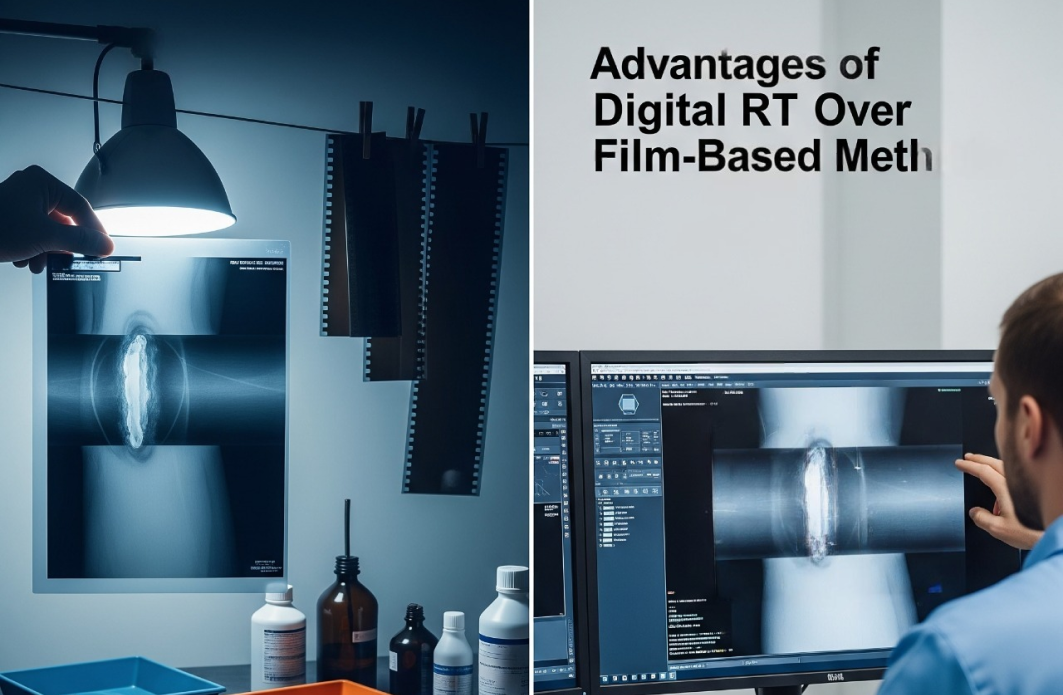Table Of Contents
- Differences Between Film-Based and Digital RT
- Speed and Efficiency in Inspections
- Enhanced Image Quality and Dynamic Range
- Reduced Radiation Dose and Safety Improvements
- Cost Savings and Resource Optimization
- Environmental and Sustainability Benefits
- Digital Image Storage and Sharing
- Versatility and Advanced Applications
- Conclusion
One of the most prevalent Non-Destructive Testing (NDT) techniques to assess the inner integrity of materials, welds, and parts is the Radiographic Testing (RT). Conventionally, RT in the film form involved the use of X-rays or gamma rays to expose a photographic film on which silver halide crystals were deposited, and which following chemical development displayed internal discontinuities. Although this method of analog has been used in industry over decades, its limitations include the time-consuming nature of the process, the radiation exposure, consumable nature, and low dynamic range. The introduction of digital radiography (DR) and computed radiography (CR) has changed the process and substituted chemical film with digital detectors and imaging plates, making it faster, safer and more accurate inspection. Digital RT enables the real-time acquisition of images, their post-processing, and electronic storage, which is why it can be considered a pillar of the contemporary NDT 4.0 practices.
Regarding engineering, digital RT can be enhanced with objective improvement of sensitivity, contrast resolution, and workflow efficiency. As opposed to film-based RT, which makes use of multiple exposures in order to maximize density, digital detectors have a large dynamic range and can accurately image different material thicknesses with a single exposure. This improves the reliability of the defect detection with a huge decrease in the radiation dose. Moreover, it gets rid of darkroom processing and chemical waste facilitating environmental sustainability and a reduction in the cost of operation. Image analysis and digital archiving can also be integrated using AI which further pushes RT to automated, data-driven inspection systems.
Readers in this article will have a clear picture of the way digital RT has been conquering film-based radiography with regard to image quality, speed of inspection, radiation safety, and overall efficiency. It will discuss some of the most important technical benefits including digital RT dynamic range benefit, lower RT film cost, and digital image storage radiography, and better workflow, environmental impact, and versatility. At the final moment, professionals, students, and researchers will be prepared to have a general picture of why the process of changing film into digital RT is not only a process of modernization--but was a necessary step to be taken in order to improve the standard of non-destructive testing.
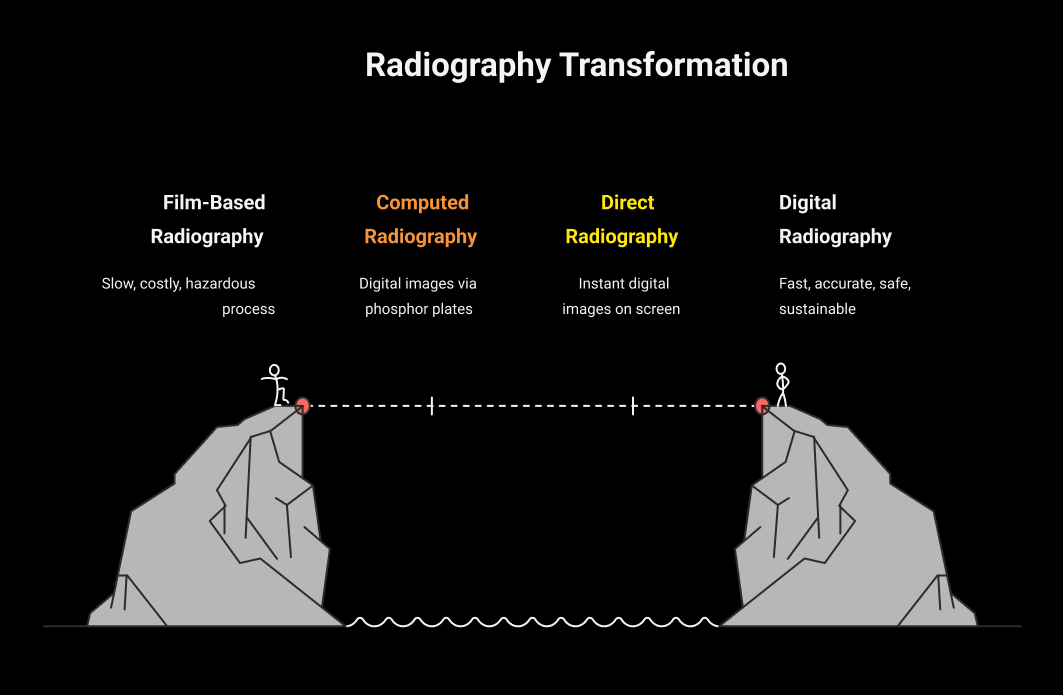
Differences Between Film-Based and Digital RT
Film-based radiography and digital RT have prominent differences in their processes and equipment as well as the output, which affects their applicability to the field of modern NDT. Film based RT exposes a photographic film which is coated with light-sensitive silver halide crystals to X-rays or gamma rays. The movie records a latent image that involves chemical processing of the film in a darkroom which typically takes a few minutes to several hours. This mode is characterized by working with cassettes, chemicals, and actual films with no possibility to make real-time cocktails; the correction of the underexposed and overexposed picture means that the image should be exposed once again. Film degrades, or can be lost, or stored with difficulty over time.
Digital RT, by contrast, contains computed radiography (CR) and direct radiography (DR). CR is a measure of reusable phosphor imaging plates and stores the X-ray energy, which later has to be scanned by laser in order to have a digital image. DR also uses digital detector arrays (DDAs) which directly transform X-ray energy into electronic signals so that imaging can be done in real time. Both CR and DR remove the chemical process enabling viewing of the image as soon as it is taken, and performing post-process work on it digitally to improve analysis. Images obtained through digital media can be cropped, sharper, and dimmer and do not require additional exposure, and are easily retrieved and distributed via electronic media. Although film has very good spatial resolution, digital RT is more flexible, faster and able to offer better dynamic range, a capability that can be adapted to the varying inspection demands in many industries.
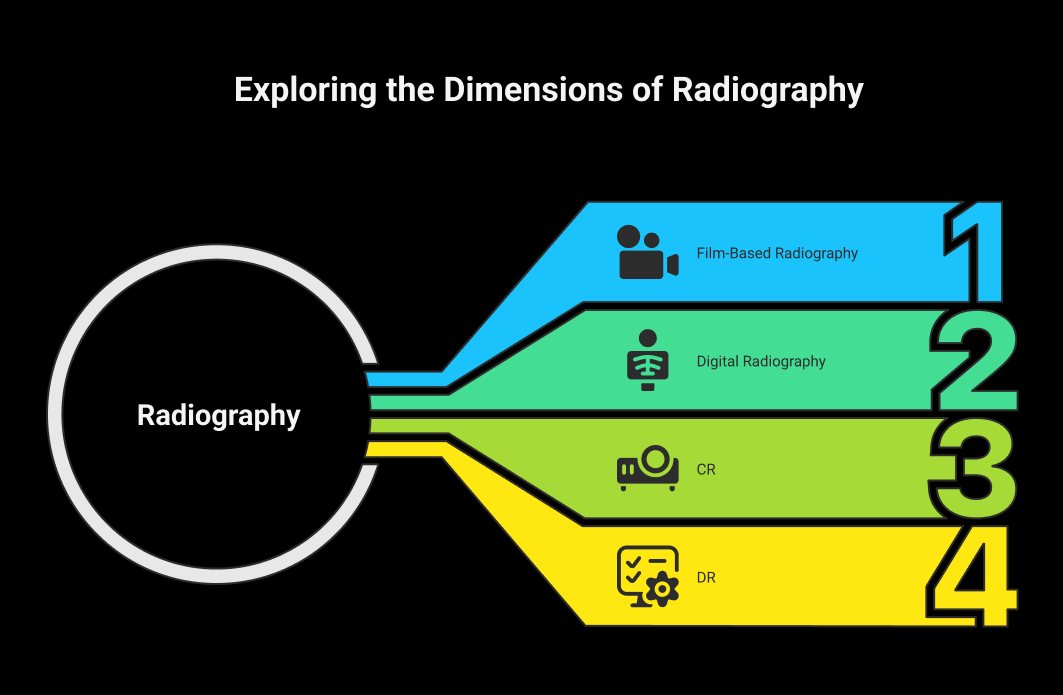
The paperless RT is profoundly advantageous compared to film-based techniques due to the transformative advantage it acts upon NDT techniques and practices. All these benefits are associated with the benefits.
- Quicker Inspections: Digital RT removes the need to use a chemical process, allowing fast digital images to be displayed. DR gives immediate results, whereas CR scans images in a short second and also allows on site fine tuning and saves a lot of time in terms of inspection.
- Superior Image Quality: The broader dynamic range of digital RT yields images of superior contrast and higher resolution, supplemented by the post-processing capabilities that lead to superior defects detection, in comparison to fixed output of film.
- Reduced Radiation: Requires less radiation as compared to the application of digital detectors enhancing safety to those handling it and aids in environmental safety in regards to regulatory standards.
- Cost Effectiveness: Removing the need of consumables, such as films and chemicals, digital RT decreases long-term costs, faster workflows decrease labor and downtime costs.
- Environmental Sustainability: One of the possible aspects of Digital RT is contamination by chemicals and the use of the radiation that is sustainable in matters of ecology worldwide.
- Digital Storage and Sharing: With electronic image storage, archiving, retrieving and sharing is easy and this has facilitated collaboration and compliance with regulatory requirements.
- Versatility: Digital RT can be used on a wide range of materials varying in energies and can incorporate more advanced modalities such as a computed tomography.
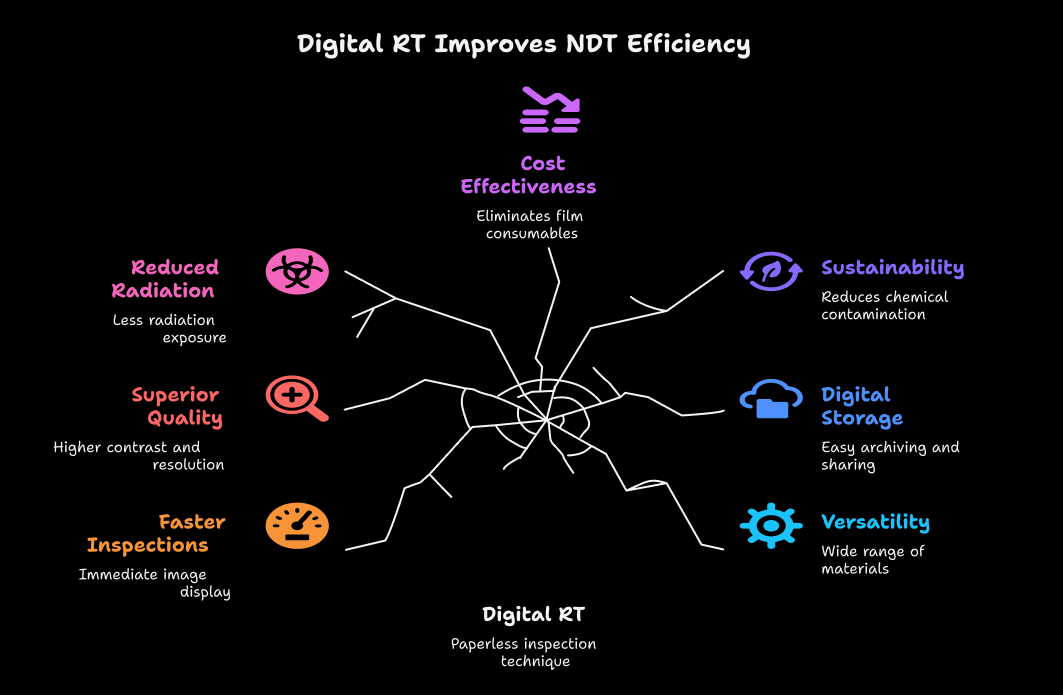
All of these advantages work to increase efficiency, safety, and precision, making digital RT an outstanding choice compared to film-based approaches to contemporary NDT solutions.
Speed and Efficiency in Inspections
Digital RT greatly enhances faster radiography inspections, overcoming a major drawback of film-based radiographic testing. Conventional photography needs exposure, development in traditional darkrooms and cassette handling, a slowly-paced procedure that can take minutes or hours per image. Delays compound in larger-workload situations such as pipeline inspection or aerospace component testing, which have a punishing effect on costs since time out of the system is the most costly. Digital RT makes the workflow handier in comparison. Direct radiography (DR) utilizes a digital detector array to convert X-ray energy to electronic data to display images almost immediately, whereas computed radiography (CR) digitizes phosphor imaging plates in orders of magnitude less time, e.g., just 525 percent RT, compared to film. This efficiency not only reduces re-exposures but also contributes to reduced RT film cost and higher productivity. Combined with mobile and real-time systems, digital RT minimizes exclusion zones, supports digital image storage radiography, ensures safety with digital RT lower radiation dose, and delivers better defect detection through the digital RT dynamic range benefit.
Enhanced Image Quality and Dynamic Range
The digital RT dynamic range benefit is one of the strongest advantages of modern radiographic testing, offering image quality far beyond film-based methods. Conventional film RT has issues of a fixed sensitivity meaning that one may end up having under-exposed or over-exposed areas obscuring important details such as cracks or voids. Digital RT, also records a broader range of radiation intensities, resulting in better, high-contrast images vital to accurate defect detection. Indirect flat-panel detectors composed with scintillator (cesium or gadolinium) convert X-rays to high quality and convert to digital. Postprocessing applications enable an inspector to increase contrast, eliminate noise, and accentuate details without making repeated exposures. This not only minimizes rework but also supports faster radiography inspections and contributes to reduced RT film cost. As the signal-to-noise ratio is as high as 1500, digital systems can detect sub-micron wall thickness distortions that are imperative in aerospace and nuclear uses. Combined with digital image storage radiography and digital RT lower radiation dose, these capabilities ensure safer, more precise, and more efficient inspections.
Reduced Radiation Dose and Safety Improvements
Digital RT lower radiation dose is a critical safety advantage. Film-based RT may also take more radiation dose to give adequate image densities, which exposes the operators to risks and necessitates wider exclusion zones. Digital systems have sensitive detectors that produce good pictures that require 25-50 percent less radiation. This is accomplished by an efficient photon capture device such that there is no lengthy, or frequent exposure. Another example is in the oil and gas sector where digital RT can be used to carry out inspections in the pipelines because high doses of radiation can be used and this complies with strict safety protocols.
Reduced exclusion zones also improve efficiency of operation due to fewer staff having to be evacuated during inspection. This is largely useful in field work like checking storage tanks or welds in construction. To researchers in NDT in occupational health, there are cumulative risks lessened by reduced exposure to radiation to the technicians. It is important to note that although safety regulations must not be neglected, digital RT is, by its very nature, more conducive to safer working conditions in that it lowers the risk of exposure time as well as environmental radiation hazards.
Cost Savings and Resource Optimization
Digital RT offers significantly reduced RT film cost by eliminating consumables like films, chemicals, and developers. Film based RT requires constant costs in the procurement, processing and disposal of materials which would be domineering in big-scale operations. Digital systems, in which the imaging plates or plates are reusable with a plate detector, have only a one-time capital cost, and can reclaim the cost within a short period of time in cost savings. To illustrate, the digital RT in aerospace can cut inspection times of components such as the engine parts by as much as 25 percent, saving on downtime expenses.
Storage of all information in the digital format precludes the physical storage, which also decreases costs. Electronic technologies automate work processes and help technicians to devote their attention to the analytical activities. The DT professionals can avail services under competitive costs and researchers can find out the economic models that have a high rate of returns on investment on digital RT.
Environmental and Sustainability Benefits
Digital RT ensures the least harm to the environment because there is no chemical waste as a byproduct of film processing, a major disadvantage of the traditional methods. Disposal of chemicals and films has environmental implications and this needs to be handled with care. Digital RT is filmless and, as such, minimizes this load, decreasing the radiation amount in alignment with sustainability. As another example, manufacturing industries, which have to resort to eco-friendly processes, enjoy the smaller ecological burden of digital RT. Learners in environmental engineering have the opportunity to learn how digital RT encourages cleaner industry.
Digital Image Storage and Sharing
Digital image storage radiography revolutionizes data management. Film is physically stored, and subject to physical degradation and/or loss or storage space limitations. Digital RT stores image files on hard disks or on cloud space that can be accessed by authorized people and is easily transferred. This makes it easy to collaborate among teams, conduct a remote consultation, and fulfill regulatory requirements regarding the keeping of records. As an example, when inspecting welds, a digital image can be sent across to quality control staff instantly to get a faster response of its approval. The possibility to integrate AI to detect defects automatically will further simplify analysis, which is of use to researchers interested in the advanced NDT techniques.
Versatility and Advanced Applications
The flexibility of Digital RT spans multiple materials, including metals and high-performance composites, to high levels of energy content. Digital RT can be used in new areas, unlike film, which is confined to low-energy applications, digital RT can be combined with other techniques such as computed tomography to provide 3D analyses, which cover the electronics and aerospace composites field. This flexibility enables new avenues of inspection including delamination in aircraft parts.
Conclusion
RT Digital is faster, safer, less expensive, greener and less space- intensive, versatile, and has superior image quality than traditional film based procedures. Its speed to performance characteristics, its superb image quality using low radiation, and foundational footprint make it essential in the NDT field in a variety of applications: professionals, researchers, and students. Digital RT will continue to lead to innovation in technology to provide safer and highly efficient inspections as technology progresses.
FAQs
1. What is digital radiographic testing (digital RT)?
Digital RT is a contemporary method of radiography testing that does not require chemical processing or film development since it uses electronic detectors or imaging plates to quickly collect X-ray images.
2. How does digital RT provide faster radiography inspections compared to film?
Digital RT provides photos in seconds (Digital Radiography) or minutes (Computed Radiography), enabling for real-time alterations and decreasing downtime, in contrast to film, which needs darkroom processing.
3. What are the advantages of digital radiography?
Compared to conventional film-based radiography, digital radiography (DR) has many benefits, such as lower radiation exposure, quicker image processing and acquisition, higher-quality images, and better image storage and sharing.
4. What are the disadvantages of digital radiography?
High initial cost – Equipment is expensive. Image manipulation risks – Poor adjustments can affect diagnosis.
5. Does digital RT use less radiation than film RT?
Yes, digital RT requires a lower radiation dose, making inspections safer for technicians.
